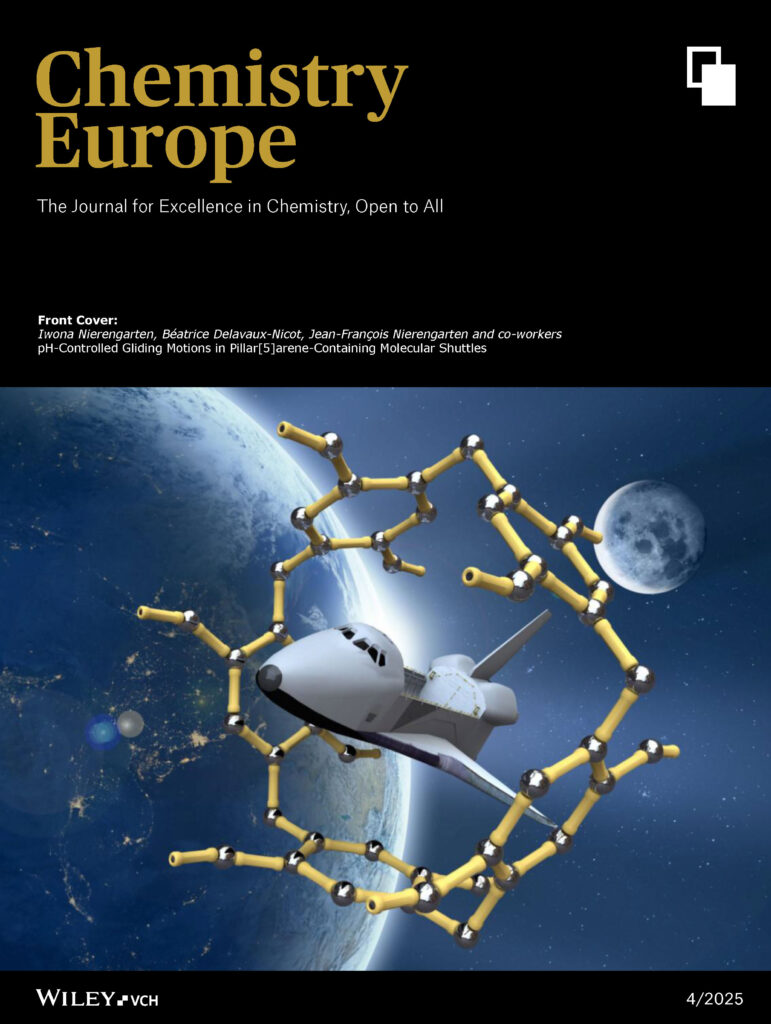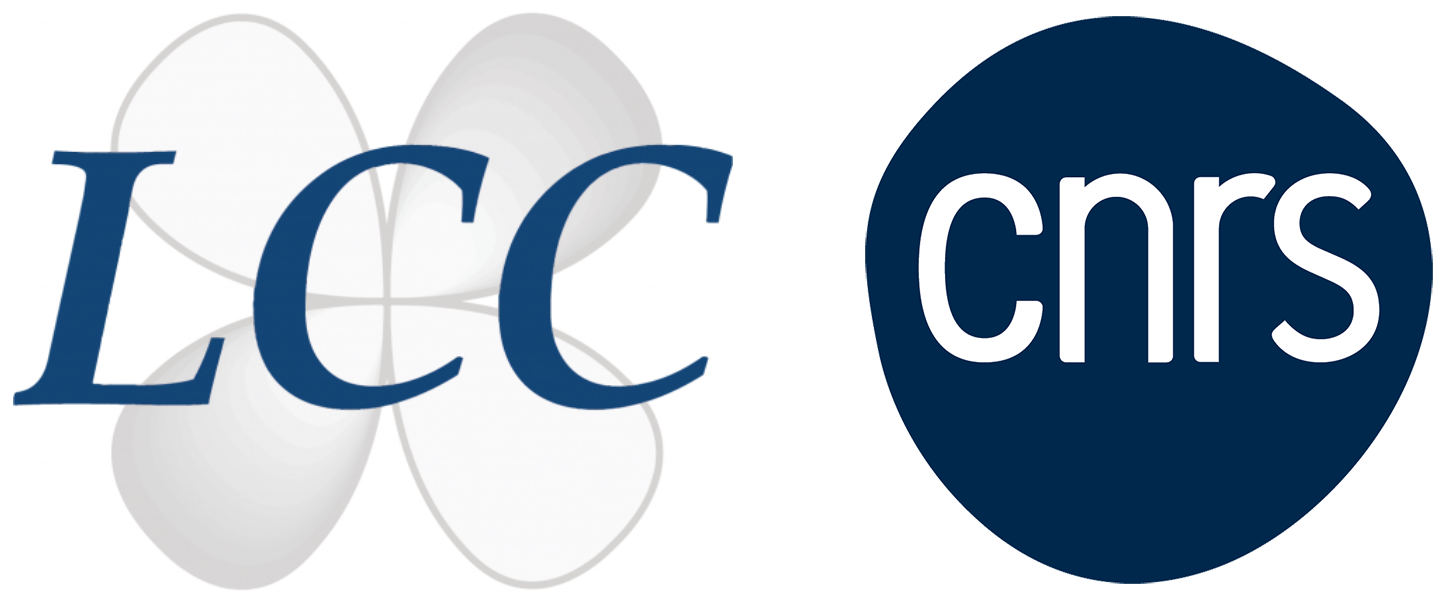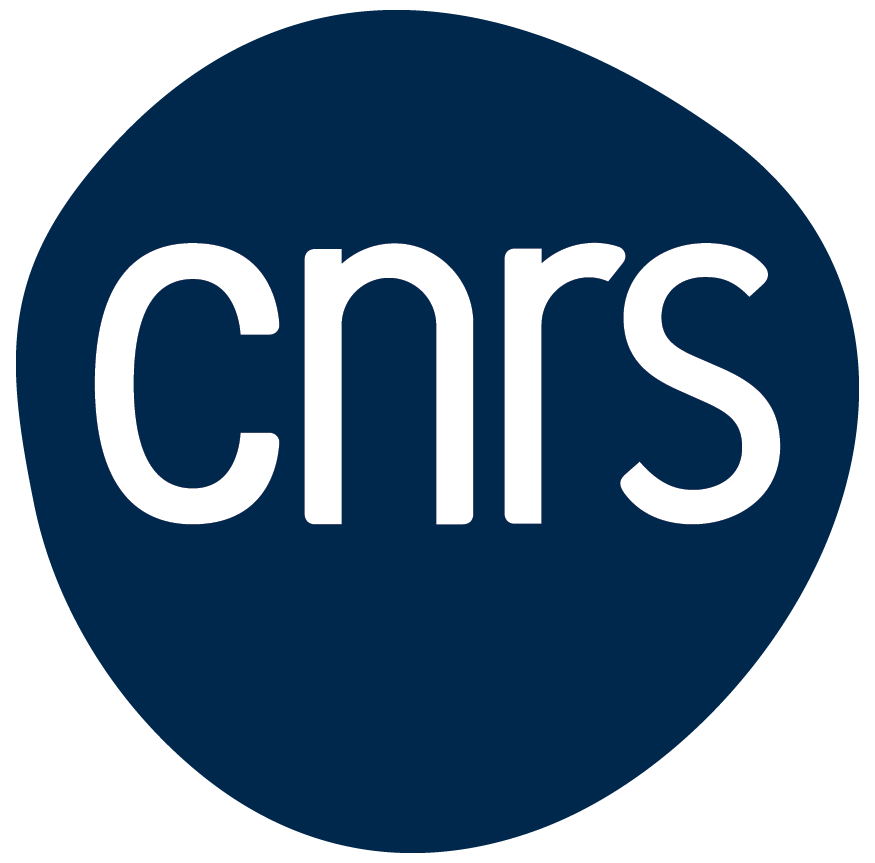LCC
pH-Controlled Gliding Motions in Pillar[5]arene-Containing Molecular Shuttles.
Becharguia, N., Nierengarten, I., Sournia-Saquet, A., Wasielewski, E., Abidi, R., Delavaux-Nicot, B. and Nierengarten, J.-F.
ChemistryEurope. 2025, 3: e202400115.
https://doi.org/10.1002/ceur.202400115
Researchers from “Laboratoire de chimie de coordination (LCC Toulouse)” and “Laboratoire de chimie des matériaux moléculaires (UNISTRA Strasbourg)” have designed molecular shuttles and are able to control their movement. These molecular machines use a ring-shaped molecule, called pillar[5]arene, which can glide along an axis made up of two distinct stations.
What makes these shuttles unique is that they respond to their environment:
- In an acidic environment (low pH), the ring can freely glide along the entire length of the rail.
- In a neutral environment, such molecular motions are limited over the decyl station.
The ring can also be blocked on a specific part of the rail (the decyl station) by modifying the protonated molecule using electrochemical oxidation.
This system demonstrates that it is possible to precisely control the motion of molecular components, opening new possibilities in nanotechnology and smart materials.
Contact:
Béatrice Delavaux-Nicot beatrice.delavaux-nicot@lcc-toulouse.fr
Jean-François Nierengarten nierengarten@unistra.fr
Iwona Nierengarten iosinska@unistra.fr

LCC
Laboratoire de chimie de coordination du CNRS
205 route de Narbonne, BP 44099
31077 Toulouse cedex 4
France




